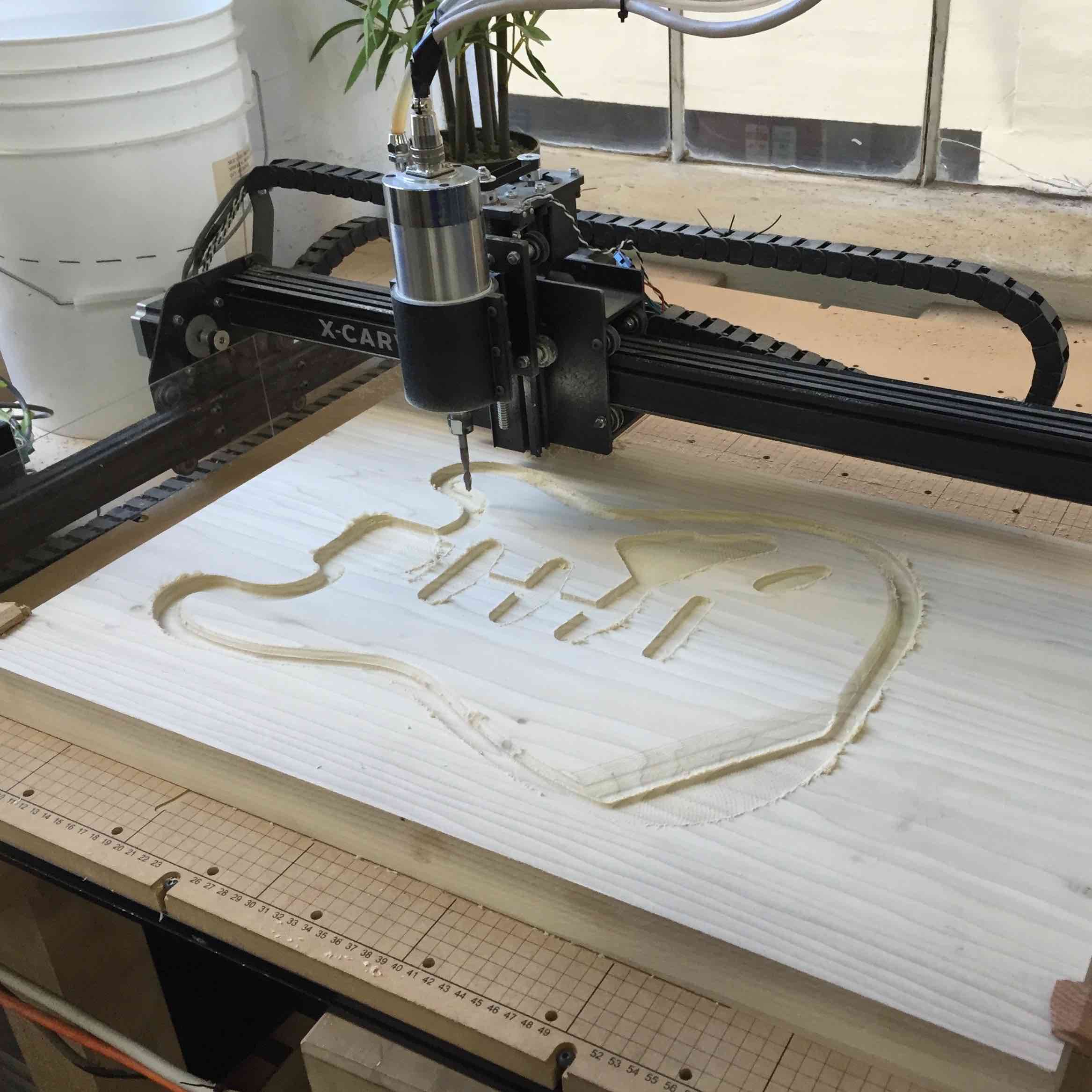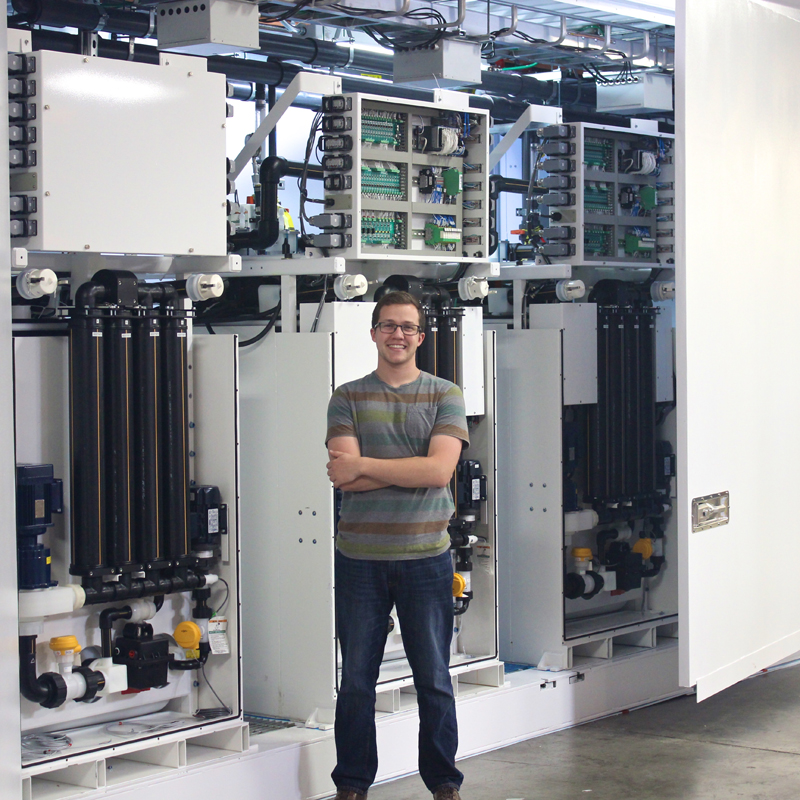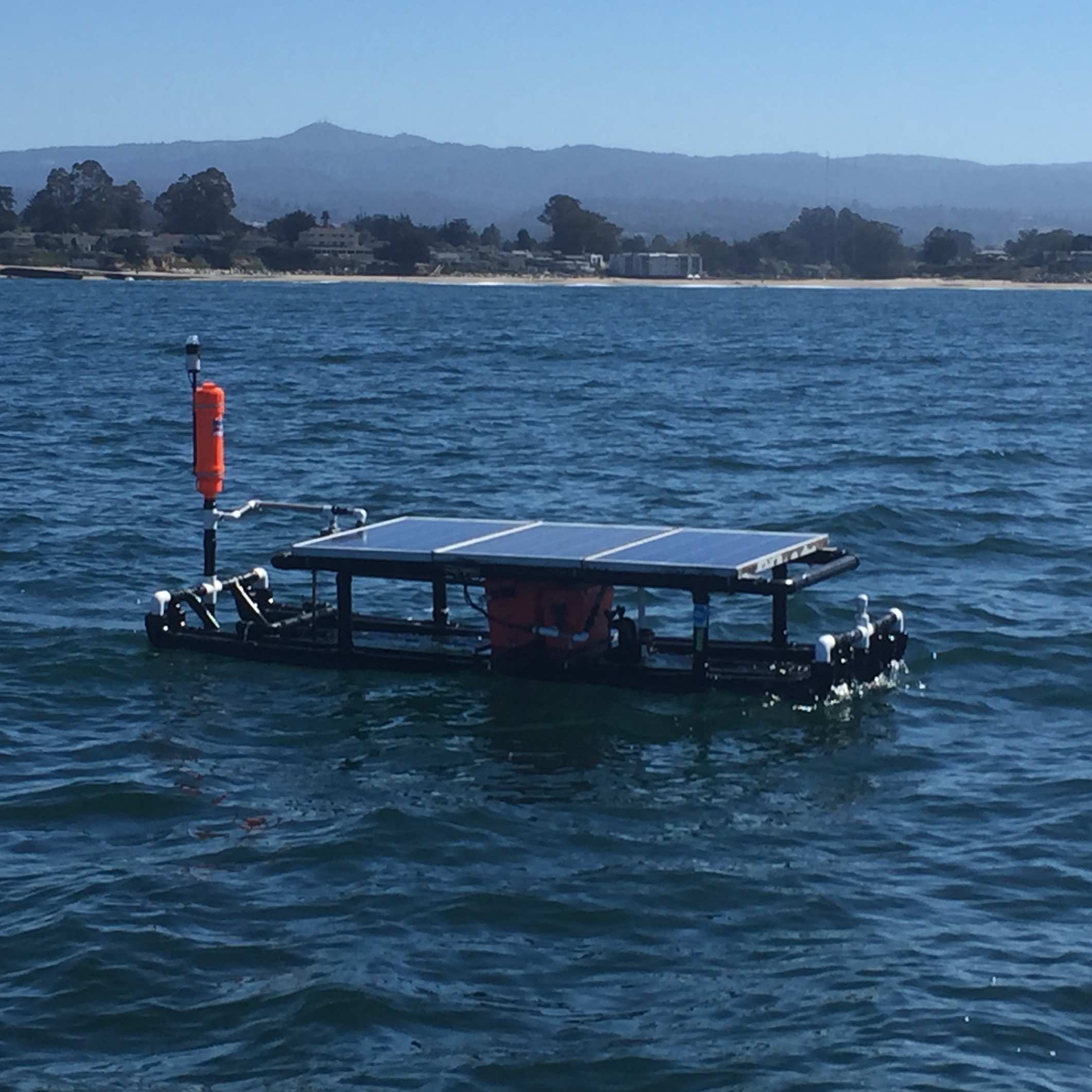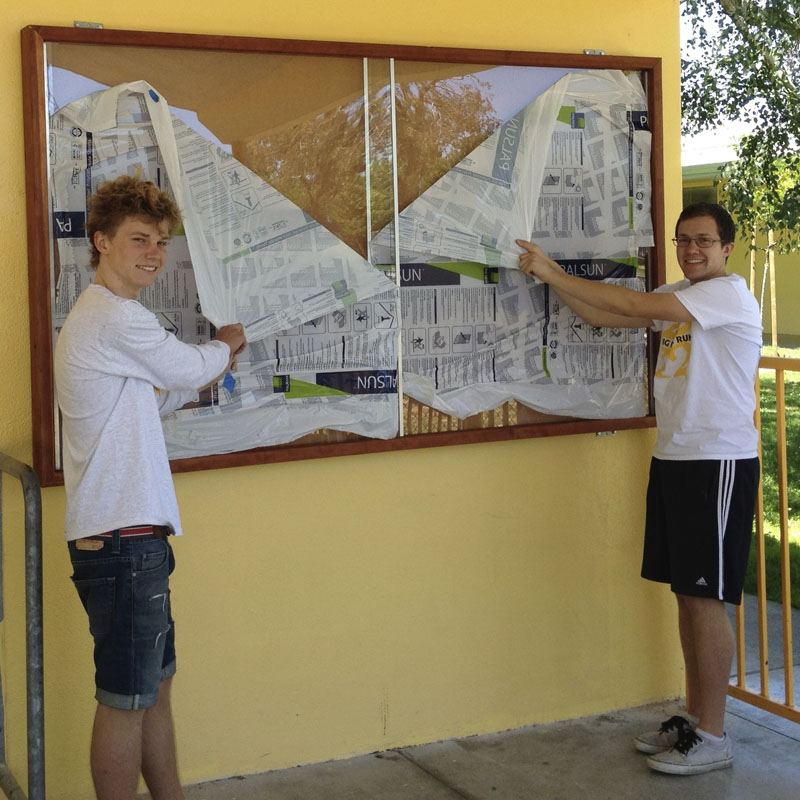Hi my name is Tom Liggett. I'm a recent graduate of Northwestern University, with bachelor degrees in MechE and MaDE. I'm currently a mechanical engineer at Tesla in Palo Alto desiging components for America's coolest cars!
Check out some of projects below, take a look at my resume, or email me for more information.
When I'm not designing, I like to...

waterski
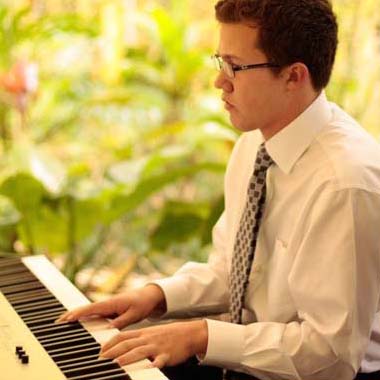
play music

be outdoors
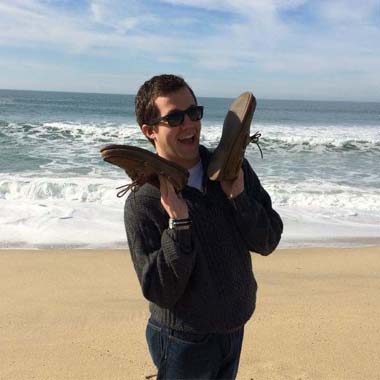
keep it classy
Thanks for visiting my site!
I have a lot of skills, but my sister made this site for me.
© Lindy Liggett 2014, All Rights Reserved
Primus Power
Summer of 2014 I worked as a Mechanical Engineering intern at Primus Power. My time at Primus was a wonderful experience at a company that encouraged my growth while challenging me to be flexible and learn in new scenarios. In this professional environment, I learned about group dynamic in the workplace and the role of engineers in a diverse company working together toward a common goal.
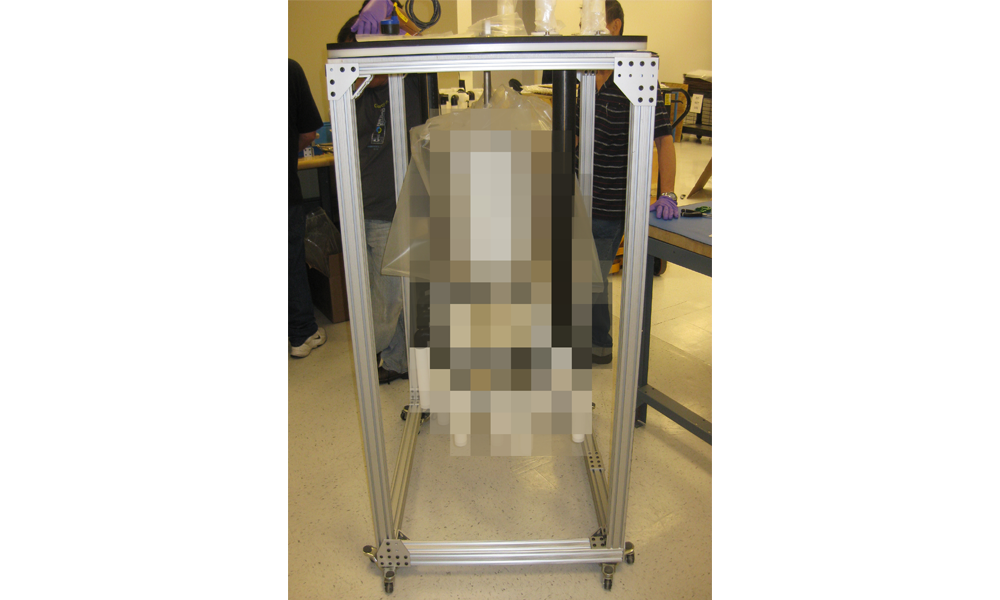
My primary role as the summer intern in the Operation Department was to assist in the development of a pilot assembly line of the ‘Energy Cells’ - the large batteries pictured previously behind me. Pictured here is one of the rigs I designed and constructed for the assembly process of key components (obscured here for PI).
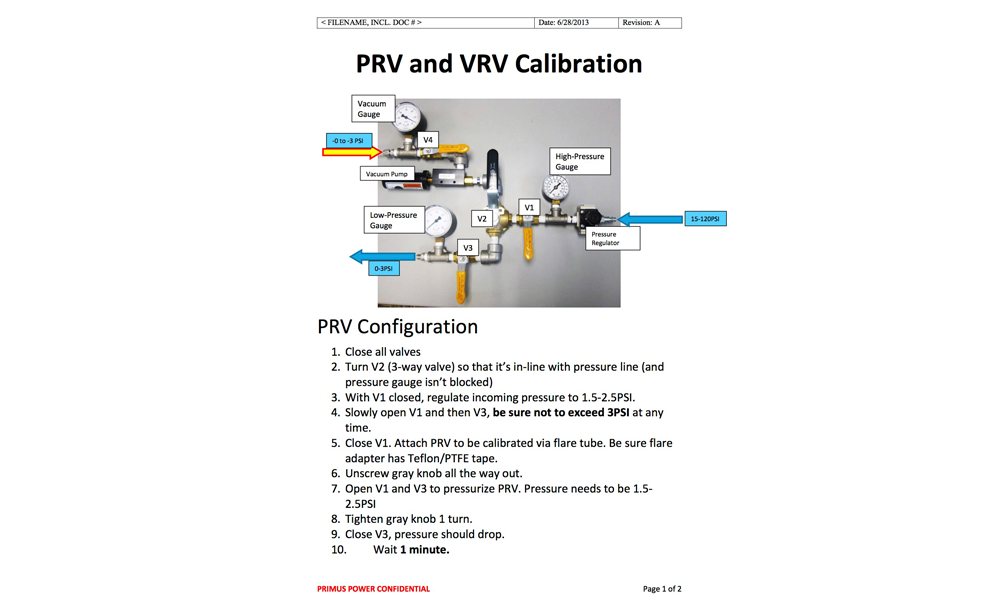
Another role I had was in the testing and calibration of sensors and pressurized components, as well as the authoring of supporting documents. Shown here are calibration instructions for Pressure Relief Valves and Vacuum Relief Valves. I designed and constructed the piping rig shown above and then wrote this document for assemblers.
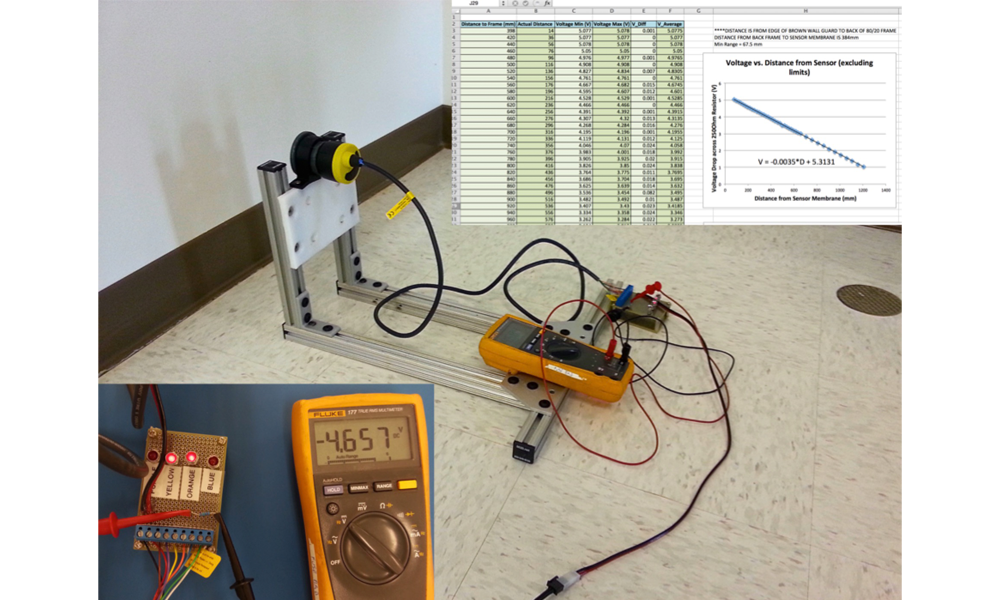
The sensor shown above is a fill sensor for one of the flow battery’s tanks. It is mounted on a testing rig I designed to determine the sensor’s voltage logic. In the corner is a screenshot of the data analysis via Excel. In the other corner is a picture of the electronics I designed to power the sensor and interpret the output.
Sea Rover
The Sea Rover is a cost-effective autonomous seafaring vessel. It is a project I have been working on with four friends from high school, that was supported by our successful Kickstarter in the fall of 2013. We believe that personal sea rovers need not be impractical or expensive, and the launch of our Sea Rover can prove that. Its first mission will be a journey from San Francisco to San Diego through pre-programmed waypoints.
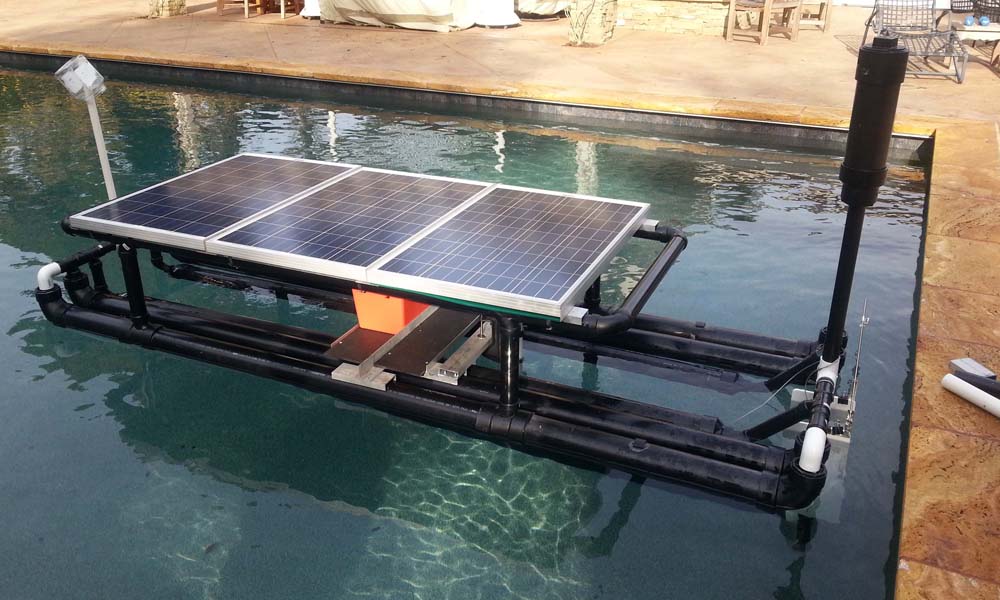
We designed and are making the Sea Rover with three design principles in mind.
1. Plastic piping and other plumbing hardware
2. Electric motors and drive systems
3. Arduino communications and motor management
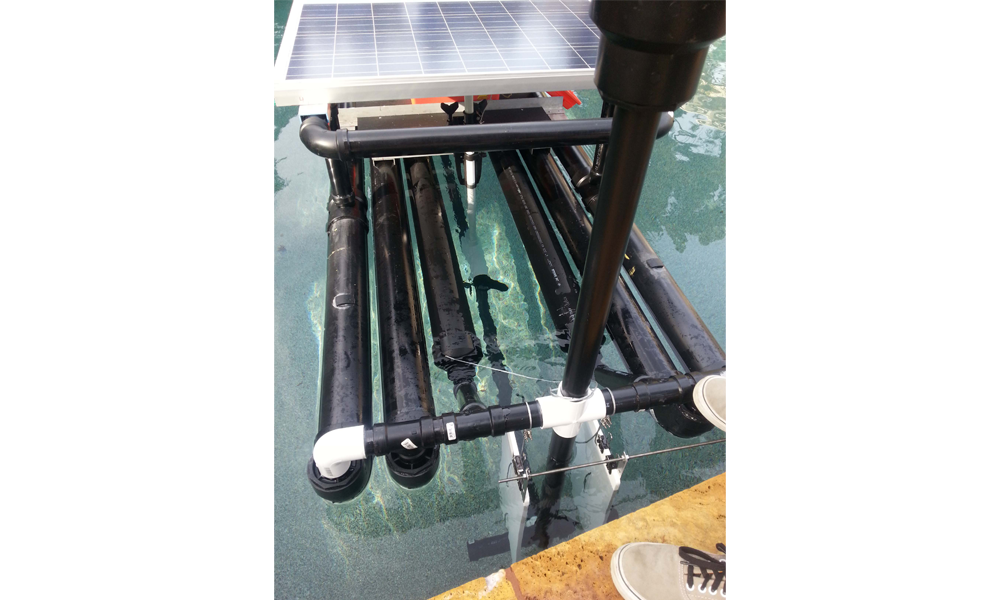
We design using off-the-shelf components to keep our costs low. The Sea Rover uses solar panels and a wind turbine for power generation, ABS and PVC for the frame, a trolling motor for the drive system, and an Arduino with a GPS module for navigation and control.
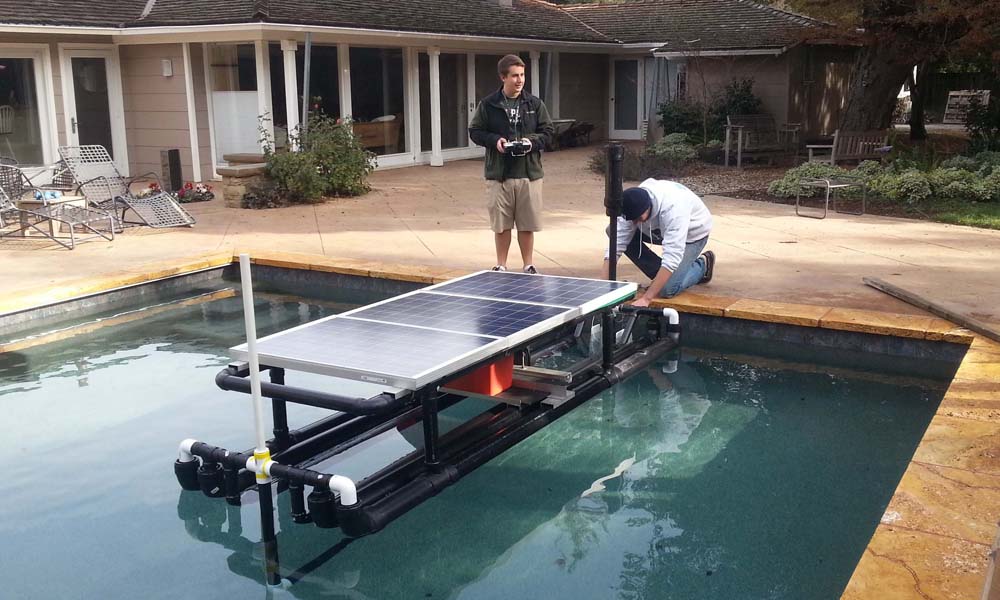
The Sea Rover's first voyage will prove the ability of a low-cost, self-guided vessel to navigate and withstand the rigors of the ocean. We plan to launch it summer of 2014.
Design Thinking and Communication: Black Box
DTC is Northwestern's two-part introduction to human-centered design, "Design Thinking and Communication". In it, groups of 3-5 freshmen have a client and user that they are designing a product for. In the first installment, my group had the design challenge of users at the Rehabilitation Institute of Chicago who had suffered strokes that were having difficulty storing items in the wheelchair and accessing them with a weaker hand. The final product was the Black Box, as seen below.
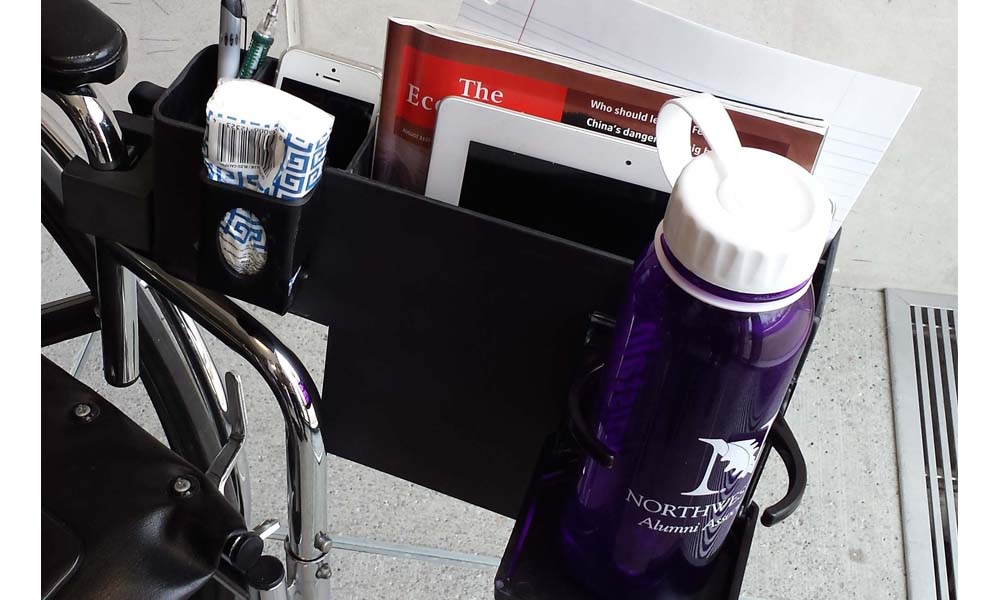
The Black Box was created to optimize storage capacity as well as specific function compartments for items that our user requested, such as tissues and a drink.
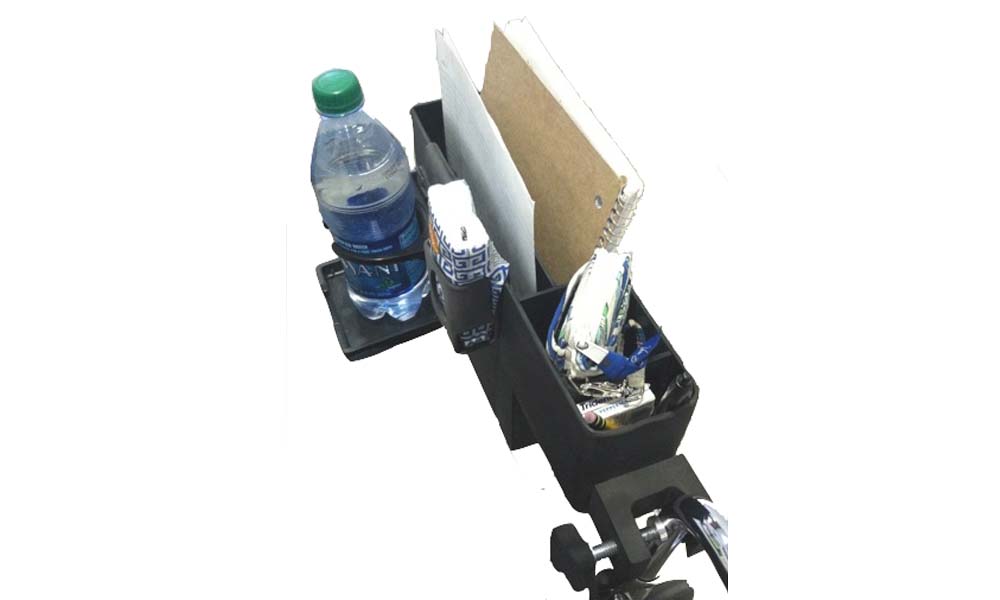
The Black Box had a clamping mechanism to allow for universal use across wheelchair models.
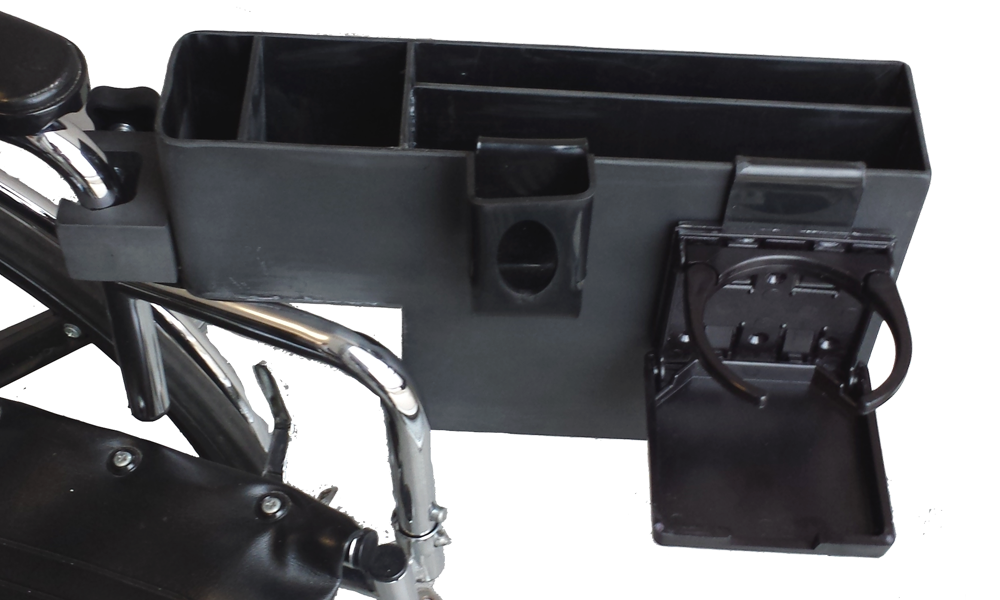
The Black Box was created using 100% ABS plastic that was laser cut and heat bent where necessary. I carried out these manufacturing operations for my group.
Eagle Scout Project: Bulletin Boards
For my Eagle Scout projects, I built three bulletin boards to improve communication between staff and parents at a local, under-resourced school. I fundraised the money necessary (over $800) by playing piano at weddings and in small groups, and taught fellow Scouts how to construct the boards instead of simply building them myself. The bulletin board pictured here had sliding plexiglass doors for protection.
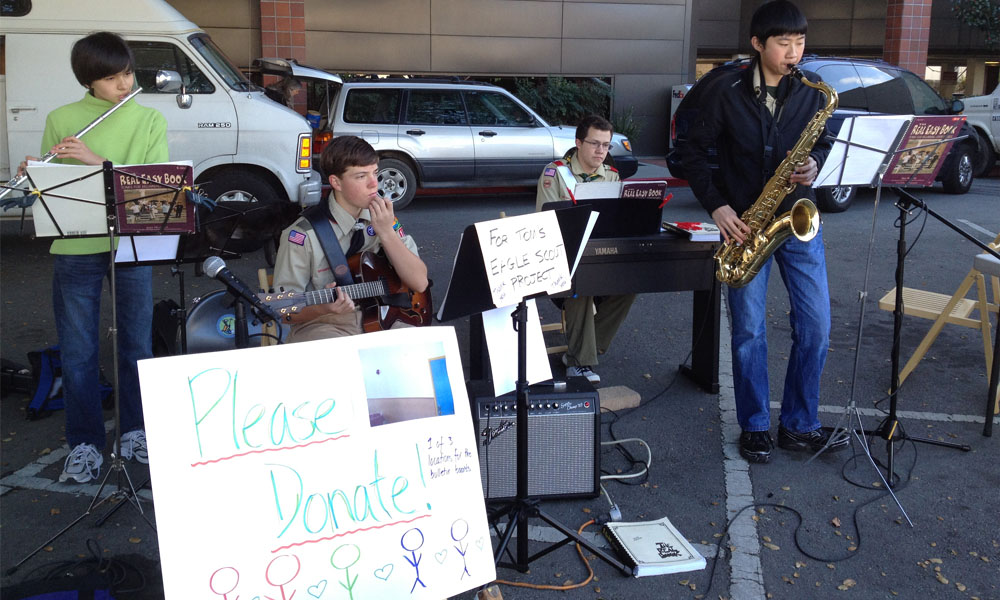
Troop 109's small jazz combo at the local farmers market, which raised over $500 for the project.
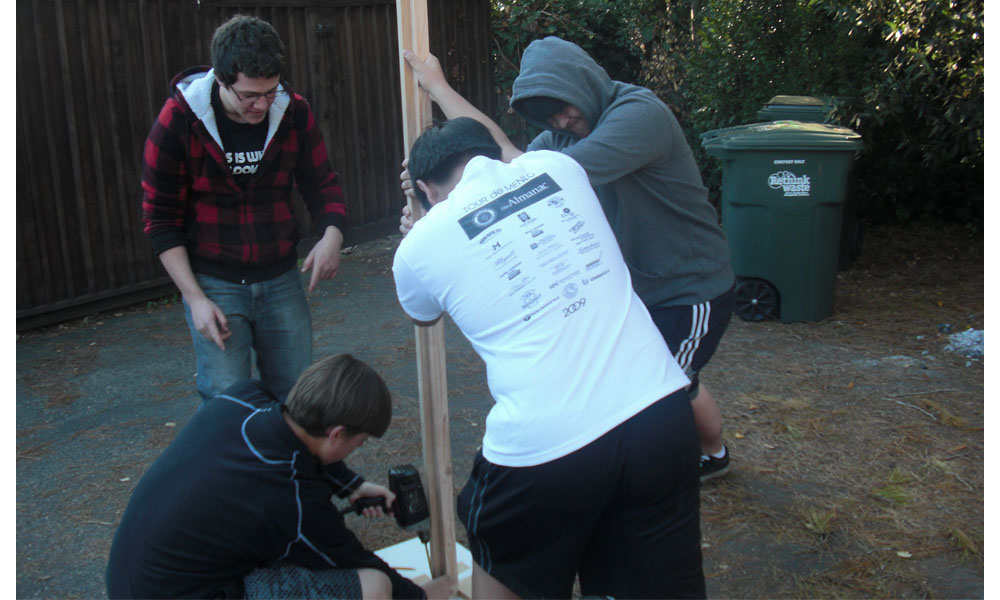
Here, I instruct my fellow Scouts on how to construct the bulletin board's frame and lead in project management.
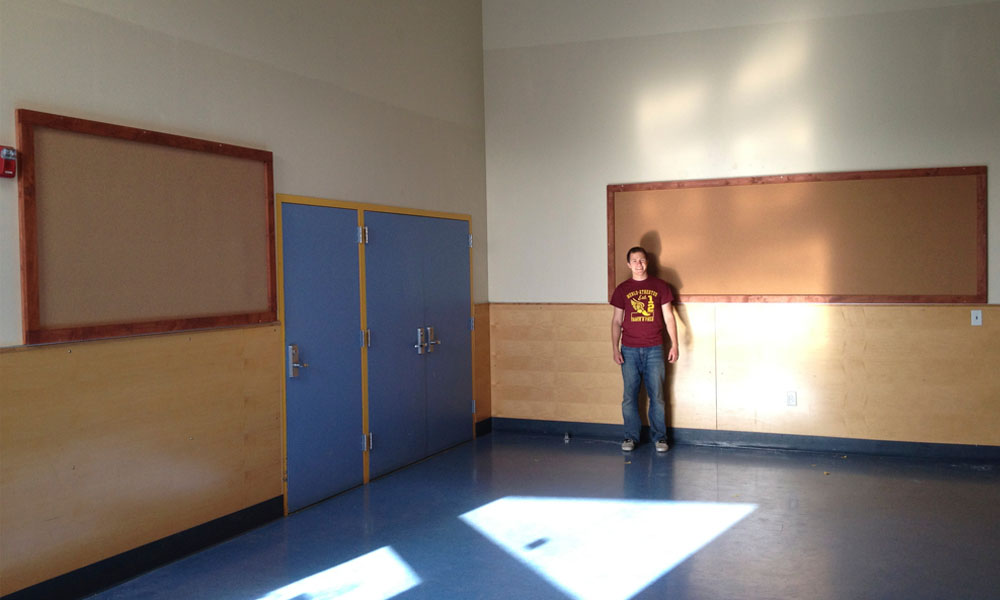
These are the other two bulletin boards, which are currently used by the school's art teacher to display student work.
Inventables
During the summer of 2015 I worked as a Product Development intern at Inventables, Inc. in Chicago, IL. The company develops desktop CNC devices, such as the X-Carve and the Carvey, often used by hobbyists and small manufacturing companies. Although it was the smallest company I have worked at, it was some of the most fun I've had as an engineer. The three-person engineering team helped me grow as an individual and to understand how critical the end user was to the machine's success.
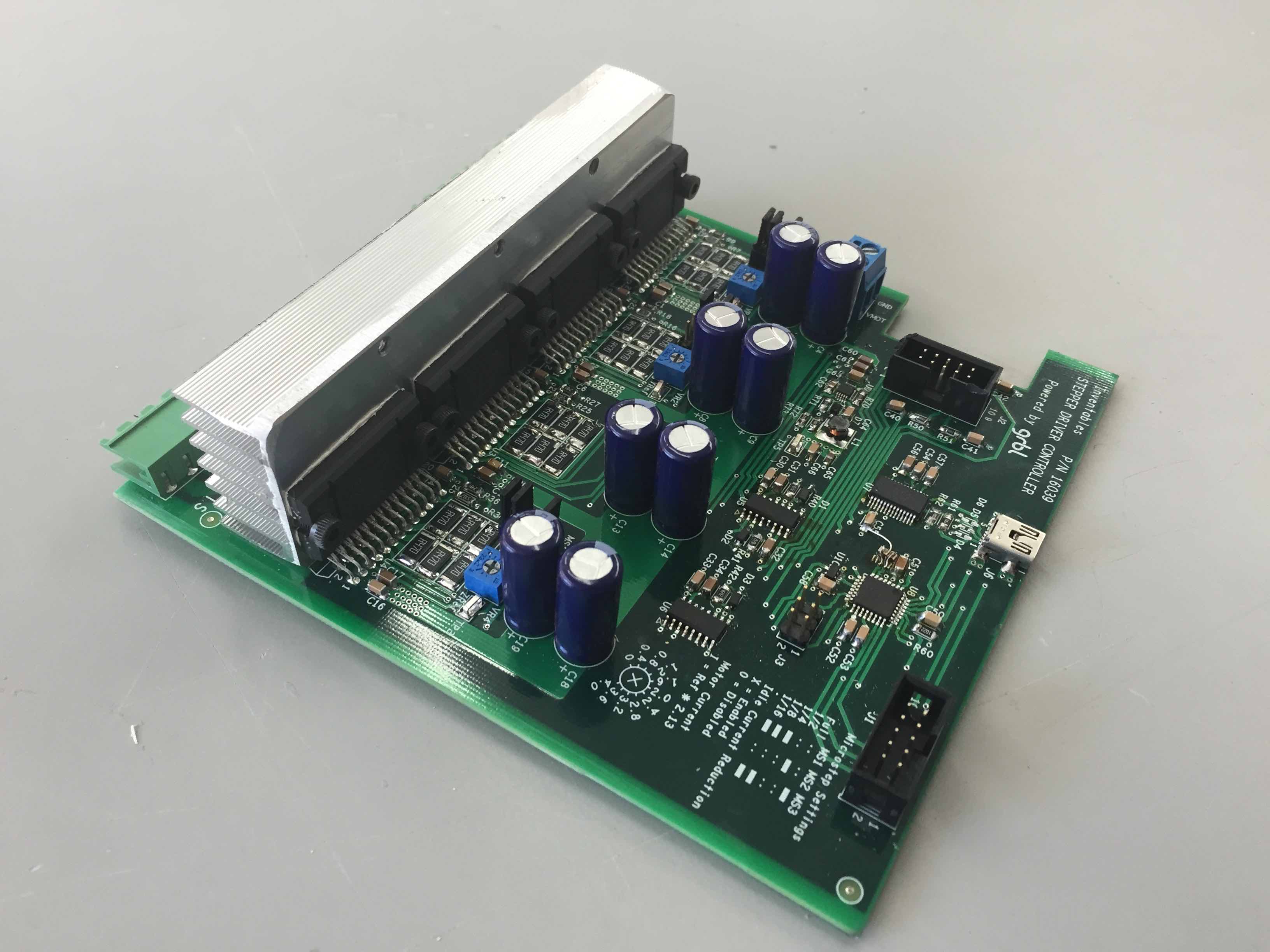
The next product to be launched was a motor controller for the X-Carve, to enable easier manipulation of the spindle via stepper motors. My role involved the validation of the preliminary design, via soldering and testing of the new PCB. Many hours of soldering later (and a few dozen brain cells lost to lead-tin vapor), the PCB was demonstrated to work well even in dusty worst-case scenarios.
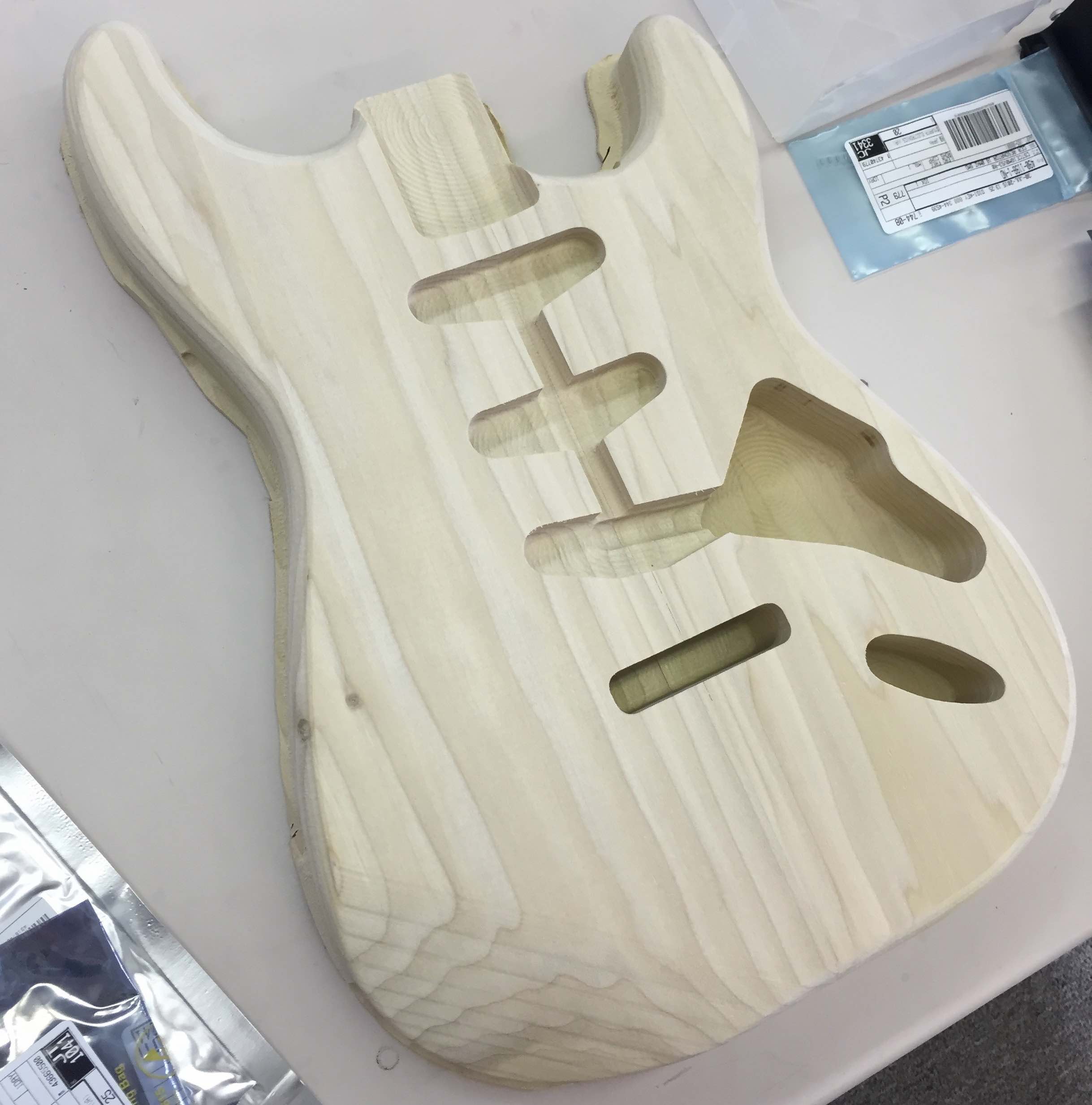
To demonstrate the capabilities of the new motor controller, I designed and carved my very own guitar body! Although this was a practice cut, the final body is mahogany and was on the cover of Make Magazine! AutoCAD 360 was used to design the CAD and toolpaths.
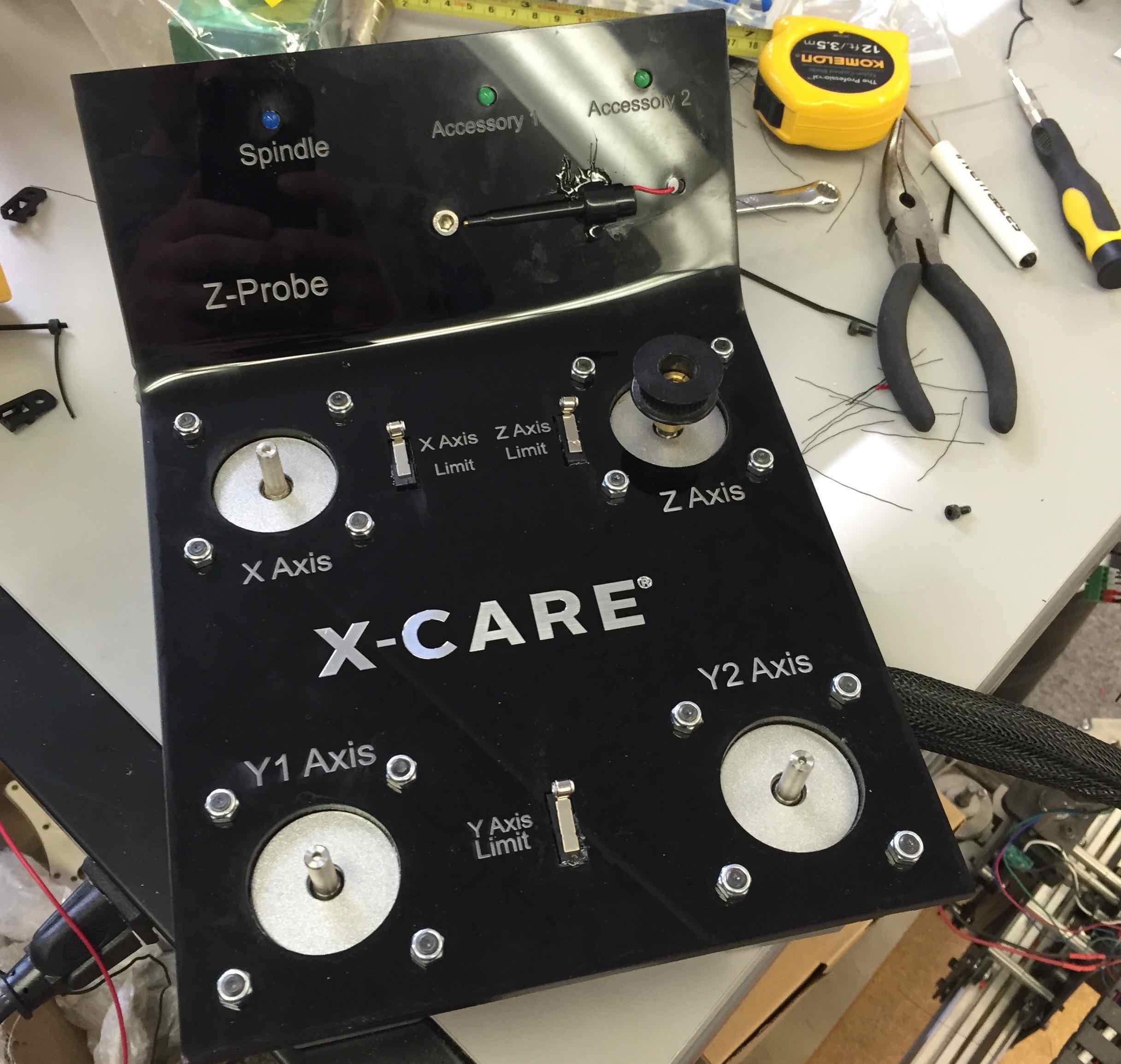
Lastly, to validate the assembled motor controller at QA, I created a compact functional version of the X-Carve. Thus, a worker can plug the controller into it, run a custom program, and ensure that the customer would recieve a functional controller.
